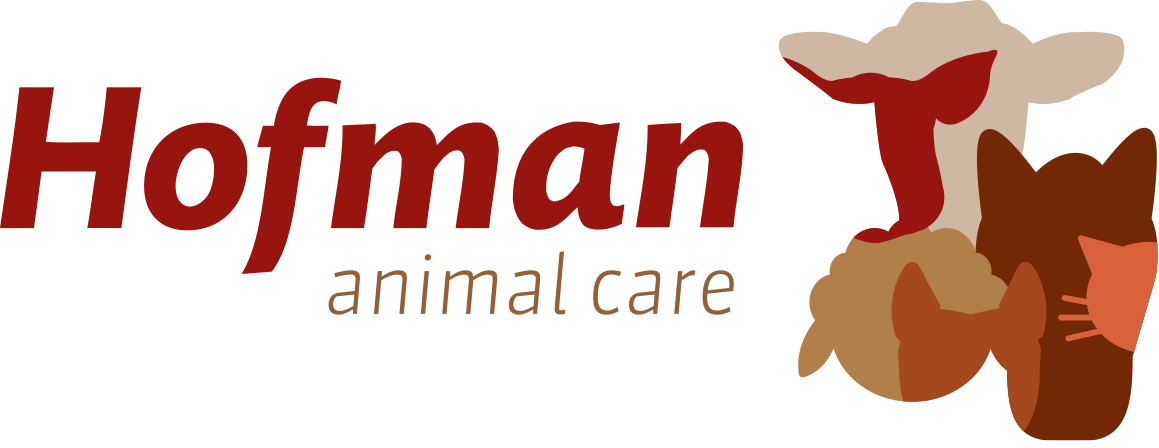Currently, many questions come in about butyric acid problems on farms. Here are some answers to questions and advices for you. It is not the butyric acid bacteria, but the butyric acid traces that are the problem. Prevention lies in silage management and hygiene during milking.
What is Butyric Acid?
Butyric acid is a volatile fatty acid with a pungent smell (sweaty feet) and unpleasant taste. Butyric acid bacteria are spore forming bacteria that produce acid in poorly and moderately preserved grass and maize silage. Spores are bacteria in a kind of state of rest that are very resistant to drought, heat and other extreme conditions. This way, they can survive for years and, under favourable conditions, germinate again into harmful bacteria. Through litter, manure, but especially poor silage, butyric acid bacteria can end up in the milk. Contrary to butyric acid bacteria, spores survive the pasteurisation of milk and can subsequently cause problems in the manufacturing of cheese. Silages that contain butyric acid are silages which contain less than 35% dry matter (often damp silages). Often these are silages with a high pH, which have been mown later. Most of the time it is about silages with high yield that have been ensiled too quickly due to time pressure.
Prevent Butyric acid in milk
Contamination of milk by the butyric acid bacterium comes from outside. This means that you can prevent contamination by optimising the hygiene around milking. In addition, we advice to reduce the amount of silage containing high levels of butyric acid in the ration. Another good advice is to feed the sides of the silage to the calves. In short, reduce the proportion of contaminated silages and ensure proper hygiene around milking.
 Hygiene around milking
Hygiene around milking
Each month, the (tank)milk is tested for acid tracks. The quality of grass and maize silages determines the number of traces in the milk. The basis is the preparation of a good grass and maize silage, whereby all the tips for a good preservation must be followed. When ensiling wet grass, it is important to use an additive. One more important thing; also adjust the shaker properly which minimises sand from entering the silage. Make sure to cover the silage immediately after ensiling,
Hygienic practices in the stable and milking parlor are important.
Some tips
Keep lying areas clean. In cubicles use Stal Strooi Plus. (The appropriate and affordable hygiene agent for cubicles). Make sure udders are shaven and clean (preferably burn with Udder Hair Remover Mobile Dura).
Hygiene before and during the milking process:
• Preferably use paper udder towels (Maxi Udderpaper is ideal to this purpose). Maxi Udderpaper meets the Nutrition Quality rules. Maxi Udder Paper is not wiping paper but specifically designed for optimal cleaning of the teats, absorbing dirt and milk.
• If you use cotton towels, you can use Dip / Spray product.
• To dip or spray also use Dip / Spray product.
• Avoid losing grip on the teat.
• Keep milking clutches and milking cups clean.


 Hygiene around milking
Hygiene around milking